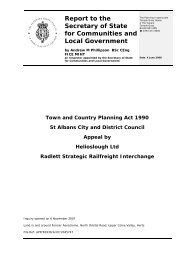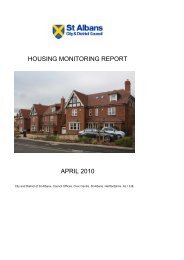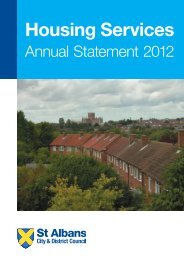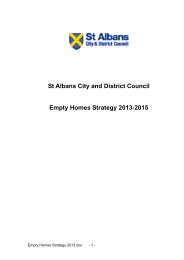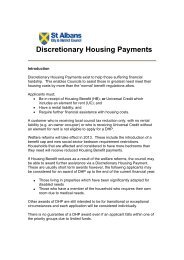RSS East Of England Plan - Broads Authority
RSS East Of England Plan - Broads Authority
RSS East Of England Plan - Broads Authority
You also want an ePaper? Increase the reach of your titles
YUMPU automatically turns print PDFs into web optimized ePapers that Google loves.
8<br />
Section 3 Spatial Strategy<br />
Section 3<br />
Spatial Strategy<br />
3.1 Policies SS1 to SS9 set out the core strategy and overall framework for development in the region and complement<br />
national planning policy statements.<br />
3.2 <strong>RSS</strong> should not normally repeat national policy. However, national policies on sustainable development, including such<br />
fundamentals as climate change and what makes for a genuinely sustainable community, are set out in several<br />
documents. Policy SS1 draws key principles together by referring to them in a first over-arching policy, with has the<br />
weight of statutory development plan policy.<br />
3.3 One of the key ambitions of this <strong>RSS</strong> is to allow the region to accommodate higher levels of growth in sustainable ways. It<br />
does this in a number of ways including by focusing development on a group of significant urban areas, termed Key<br />
Centres for Development and Change in Policy SS3, together with the policies for the individual centres and through the<br />
approach to selective green belt reviews in Policy SS7.<br />
3.4 A group of factors – the most recent household projections, the continued deterioration in housing affordability, the<br />
proximity to London, and the region’s economic potential suggest that the rate of growth needs to both increase further<br />
and continue after 2021. This will be addressed through the approach in Policy H1, the early review of this <strong>RSS</strong>, Policy<br />
IMP3, and through the role of core strategy Development <strong>Plan</strong> Documents in informing that review. However, this <strong>RSS</strong><br />
has a key role in putting in place a strategy which promotes, rather than constrains, medium and longer term growth.<br />
Growth Areas, Growth Points and Ecotowns<br />
3.5 The Sustainable Communities <strong>Plan</strong> was published in 2003 and is kept under regular review. It sets out overall aims for the<br />
four Growth Areas which were first proposed in the former Regional <strong>Plan</strong>ning Guidance for the South <strong>East</strong> (RPG9, 2001).<br />
The three largest Growth Areas include substantial areas within the <strong>East</strong> of <strong>England</strong>:<br />
• Thames Gateway, a regeneration area of national importance which includes part of South Essex (Essex Thames<br />
Gateway);<br />
• Milton Keynes – South Midlands, which includes Luton and Bedfordshire; and<br />
• London-Stansted-Cambridge.<br />
3.6 The policy has subsequently evolved. London-Stansted-Cambridge was extended to include Peterborough and<br />
Stevenage and renamed London-Stansted-Cambridge-Peterborough. Haven Gateway, Norwich and Thetford were<br />
identified as New Growth Points in October 2006. In July 2007 developers and local authorities were invited to propose<br />
schemes for eco-towns, new settlements of 5-20,000 homes with the whole settlement able to reach zero carbon<br />
standards. Through the consultation paper, ‘Ecotowns Living a greener future’, April 2008 the Government has identified<br />
a shortlist of 15 locations for Ecotowns, four of which are in the <strong>East</strong> of <strong>England</strong>. The paper explains the process for<br />
identifying the final list of locations before the end of 2008.<br />
3.7 The growth areas and new growth points provide opportunities to capitalise on existing drivers of growth, notably London,<br />
Cambridge and the major ports and airports, and to use growth as a catalyst to address regeneration needs. It has never<br />
been the intention that the growth areas would be continuous corridors of development. Rather, they are broad areas<br />
based on key movement corridors within which there are a number of opportunities focussed on urban areas to deliver



